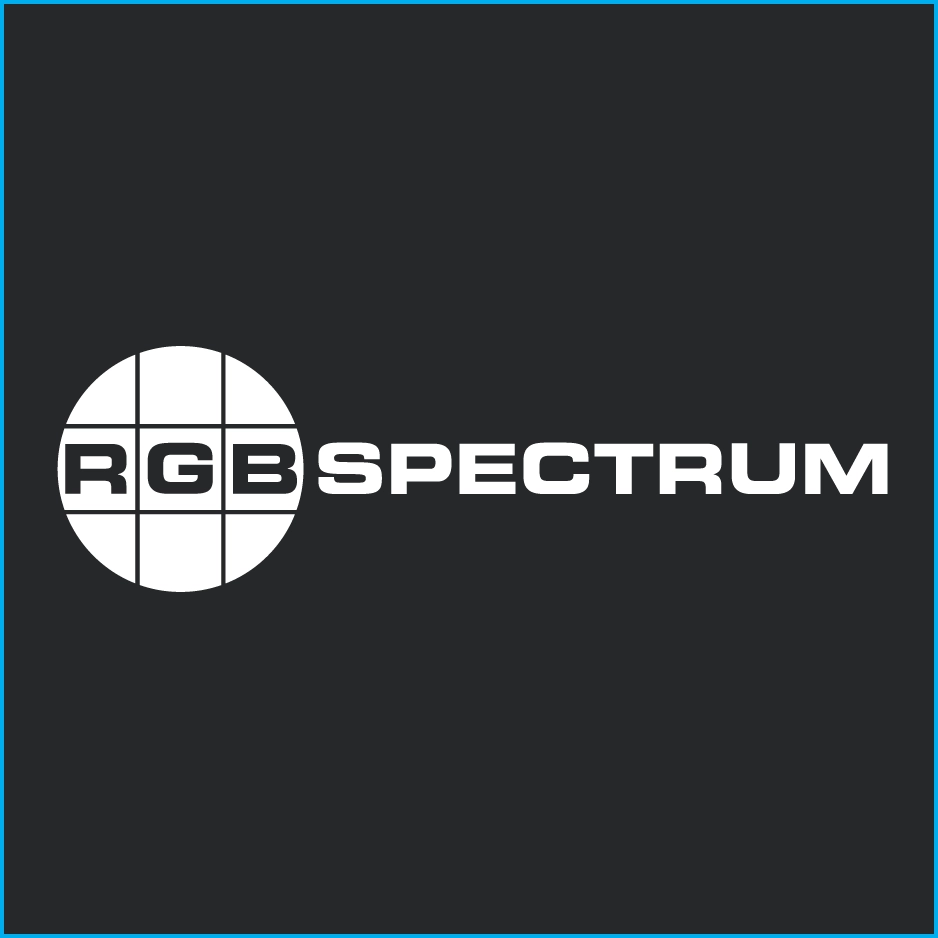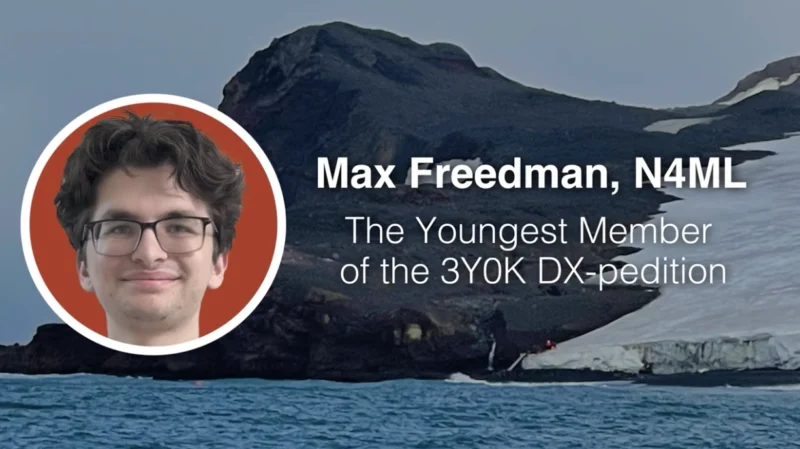Merging Security and AV through Technology
Pro AV continues to make its presence felt across numerous industries, and the security market is no exception. In part 2 of the Pro AV Today series focusing on command and control rooms (Part 1 can be found here), Ben Thomas welcomes industry expert Scott Norder of RGB Spectrum to source his insights on the topic. Watch the full interview below.
*Transcript and captions are auto-generated
BT: Hey, everybody, welcome back to Pro AV today. You know, one of the markets that’s been the most exciting to see AV’s growth into is really that security, defense and emergency response systems, like control rooms and command centers and things like that. Because, you know, you look at that market and, you know, it’s very easy to think of maybe NASA control room in the 60s or even this massive broadcast control room that you’d see at a major broadcast station. But, you know, really the sweet spot now is kind of that middle to upper middle market. You know, as technology prices have gotten lower and accessibility has become very much more important in our AV communities. You’ve seen a lot of these middle market companies, organizations, things like that have access to it. And if you watch the last episode that we did with Dan Gundry and Brett Leimer talked a little bit more about the infrastructure and design process, but this one’s going to be focused a little bit more on the technology. So figure it out. Bring in the best expert I know that’s Scott Norder over at RGB spectrum. Scott, Thanks so much for hopping on the show.
SN: Hey, it’s great to be here. I’m excited about the topics for today.
BT: One of the great things about your experience, Scott, is that you’ve been really laser focused kind of on the engineering and operations side of AV. And what’s interesting is, you know, as we talk about maybe some of the accessibility, whether it’s price points, whatever, that middle market to upper middle market is a place really now that you’re seeing a lot of incredible technology being implemented. Talk to me a little bit about some of the things really that have made that market specifically right, for security purposes?
SN: Oh, absolutely. And I think what’s interesting about our perspective here at RGB spectrum is that we really are the power behind all the pixels, you know, with the cost of displays becoming lower and lower and more affordable to that middle market that you’re referring to, there’s more of a need to be able to drive it with a common sort of common operating system. And that’s what really we are. We’re the guts. So our perspective on the middle market is there’s a lot of content that’s coming to play in these middle market security operation centers, whether they’re in police departments or County emergency centers or airport control land or airside. You know, there’s a proliferation of these control centers that really are becoming showcases. And the content that’s being driven into them is exploding. It’s cloud based content. It’s web dashboards, it’s broadcast, it’s private video, it’s personal apps. And then there’s an expectation that it’s connected so that you can get both mobile content in and mobile and that content that’s in that control center all the way out to the mobile users. So we’re really just seeing an explosion of the content and that really drives a need for amalgamating all that content on display screens in these control centers.
BT: Well, what’s interesting and this is one of the things, too, that actually you and I had a chance to talk about before the show is that really the demands of each industry and application look a little bit different, right? Maybe in a school setting, there’s a lot more application for cloud or, you know, maybe in like a Casino setting, there’s a lot more need for modularity, things like that. But what’s exciting I think about this market specifically is that it allows us as a communities really to touch a lot of different places that we may not have been before. A lot of the same trends that you’re seeing with UCC, where AV is now being implemented, you know, across verticals that maybe even never even were thinking about it. What are what are some of those markets that jump out to you? Is is maybe some of those newer ones that excite you?
SN: Yeah, I think we’re seeing a significant increase in the spending on high profile display display walls in security centers and public safety, even all the way down to the desktop. So being able to have operators and in, for instance, San Francisco Police Department who are connected in a way that they’ve not been before, where they’re looking at content on the screen, they need broadcast because often broadcast is the first group of people with live video on the scene. They want to pull that into the command center and then they want to be able to push that out to their mobile users, the police officers and the fire department who are on site, and they get their content on their phone directly from the control center. So that’s something that’s really kind of new and exciting to be able to have that multi-domain collection of content both in and out. And then we’re seeing and I mentioned airports are places where security has always been paramount ever since 911, it really ramped up. Now with the implementation of new it based technologies to be able to take all the content that’s available and bring it into that command center and be able to provide live responses to anything that might be happening on the ground. So this is really pretty exciting. So we’re seeing a lot of growth in those areas. The more that COVID impacted everyone. The more technology for screening showed up for temperature. And we’re seeing sensor data show up in control rooms in ways that never, never happened pre-covid. So all kinds of new trends that are exciting from a technology perspective in this area. And as you point out, it just keeps going on and on. When you look at defense and aerospace, there needs there to bring in and train more employees because there’s been big turnover. So you want to train more people to drive the fuel trucks at the airport, you want to train more people to drive buses. And that training requires technology. And then you want to be able to monitor performance in the real world and make sure that your operations are safe. So those are all great, great trends that we’re seeing today.
BT: Well, really, from a technology standpoint, the one thing you know, as you talk about that, the jumps out is, is this idea of scalability and accessibility. Right whether it’s have different inputs coming in, whether that’s sensor data, like you mentioned, maybe it’s as simple as broadcast TV, things like that. And you know, that has to inform really the product design process, right? Because it’s not really it’s not as simple as plugging in a BNC connector in an SD cable and hoping for the best anymore. Right I mean, you talked about some of those cloud applications and some of the needs, whether it’s whether it’s a software implementation or even a hardware implementation. You know, how does that scalability and maybe how does out of some of those newer markets really inform not only you guys, but but holistically, the industry is really product design process?
SN: Oh, absolutely. And I think the AV industry specifically has no real reason to reinvent the wheel. The IT world has dealt with scalability for decades now, and I think the AV industry is certainly doing a good job of learning from that. And there’s more that we can do. Clearly, cloud solutions are built to be scalable, and by incorporating cloud technologies into your product portfolio as a manufacturer, you can extend your scalability just naturally adopting internet technologies, you know, simple things like DHCP so that you are getting the right content in the right place with self discovery and all the kinds of features that allow for scalability be natural in your solution. These are things that the industry is adopting, adopting rapidly. So I think scalability is not just a requirement that you check off scalability, something you’ve got to learn, you’ve got to learn, you’ve got to live it and then you’ve got to deliver it and prove it. So I think companies are doing that at a much greater degree in the industry than they used to five, 10 years ago.
BT: Well, what’s interesting to you about those IT communities really that you mentioned that have done a good job of really building out kind of that distribution workflow. The IT communities typically have to deal with what I call users that may not be traditional AV users, right? Whether that’s all the way up to the CEO, all the way down to someone just trying to come in and book a meeting or move a screen around. And especially when you look at command and control rooms, somebody who’s got a reorganize entire interface is somebody who’s got to bring in new data points, things like that. And, you know, it’s interesting because that’s been one of our biggest challenges as an AV community is realizing really that our end users are, in a lot of cases, entirely different people who have entirely different UX and UI expectations. As a company, how are you dealing with that really having to almost be prescriptive and proactive before you could get any feedback from the user?
SN: Yeah, I think it’s a great question. User interface design is so critical when you presume that your users are very well trained. You may be making a mistake. That assumption, unfortunately, can prevent your success in the marketplace. So you really do have to pay a lot of attention to making sure that you look at the workflow of the actual end user of your product in their environment, and that’s so critical and control rooms to recognize that the operators who are in the control room, who are most interactive with your technology, generally have a massive turnover and they are generally not considered well trained. So you have to provide very simple, yet customizable interfaces. So that the management of the facility can define at a very tactical level, the interactions that the operators have with your technology. And that’s something that we learned the hard way, but we’ve been very customizable over our over our history. But you really do have to focus on the workflow and where the rubber meets the road is making the operators experience very streamlined and efficient. That’s you want to use that experience to minimize mistakes that they might make because they’re dealing with event management and mistakes. And event management can cost lives and you want to avoid that. So we take that duty very seriously. And definitely believe in defining simple to use, but effective user interfaces.
BT: Well, Scott, one of the things you brought up briefly earlier in the conversation was that, you know, a lot of these control rooms have become showpieces right there. You know, whether it’s from a nice, flashy, giant, multi view wall all the way to integrated design and aesthetic, right where you’re seeing operators really in stadium seating type environments where they’ve got incredible desks and there’s lots of aesthetically pleasing things happening. But you know, I’m curious, as somebody who sees and has these conversations on a pretty regular basis, you know, how do you see that impacting the industry? Right as an industry, typically we are very technical and very hardware focused. One of the things we’ve struggled historically to get into is a little bit more of that aesthetics. I talk about how that really informs some of the decision making and maybe some of the prescriptive and proactive approaches that you guys have.
SN: Yeah, certainly the largest jobs. You know, you’ve got a team of architects and designers who are really making sure that a facility is beautiful. And what better way, if you’re a global 2000 company, to prove that you manage your assets well, whether they be rolling stock in transportation or for power distribution and a utility company here in the Bay Area or any other of the large entities, to have a great room to show that you manage that those assets well. And I think what we’re seeing from a technology standpoint is making sure that you support. The aesthetics of the room by minimizing the technology that’s actually in the room. So again, implementing technologies so that the servers are well managed closet and the operators have just the equipment that they need directly in front of them and that the screens are clear, clear sight lines and that the local desktops do not impede the view from to the larger wall. Those are all things that we see happening on a pretty regular basis. And as an IT provider, a technology provider and a technology provider, you really have the same common concern. How do we make sure that experience for the operator and for the management of the room is as good as it possibly can be? And when think about when you bring a visitor in, you know, what are they going to see? Are they going to see people who are confused or are they going to see people who are doing their job and managing assets? So that’s really what you want to see is people who are doing their job, managing their assets.
BT: Scott I appreciate that answer. Honestly, it’s something that we continually strive for as a community to find a way to bridge those gaps between the aesthetic really, and the functionality of the technology. So I love your perspective on it. And you’re right, you know, especially as we kind of creep into that middle market is something that people may not have at the forefront of their minds. So the more that we can be really proactive in our conversations, I think the better. But Scott, I’ll give you the last word here. I’ll let you pull out the crystal ball. You know what excites you most, maybe from a technology standpoint or even an industry standpoint coming up through the next 10 years specifically?
SN: It’s a problem, but it’s still excites me. And it’s the problem of privacy. You know, the landscape is pretty much the Wild West. And, you know, the state of Illinois has a law, the biometric Information Protection act, which is causing a lot of tech companies some issues where governs how private companies can use biometric data and the terms by which you can do it and how you can use that information for the purposes. That’s kind of a unique situation, and it’s one that I expect to span across the United States and other areas. So when you’re deploying camera technologies in a security operations center, you will have to think about how do we deal with what we store of the people who cross our cameras and how do we protect that and how do we assure them that information is going to be used correctly? I think that’s a whole new fun opportunity for everybody in the industry to jump into that and make sure we all understand it and be experts in it. And I’d say another area that really excites me is sustainability. One of my side projects has been to help launch a sustainability task force to help manufacturers, integrators, architects, all state stakeholders and Navy solutions. Look at how we build more sustainable solutions so that they last longer, they’re easier to support. And they have less waste, as obviously we want to save our planet. And that’s the reason that that’s so important. So those are two things that really exciting about where this industry is going to go.
BT: Ladies and gentlemen, Scott Norder from RGB Spectrum, I don’t know if you could put it in a more concise waste than that or a concise place than that. But Scott, hey, Thanks so much for coming on today. We’re looking forward to seeing not only the great things happening over on the hardware side, but keep us up to date with some of those sustainability initiatives. We’d love to have you back on the show.
SN: Absolutely I really appreciate it. Today Thanks a lot.
BT: And Thank you guys for watching. Be sure to tune in next time.




